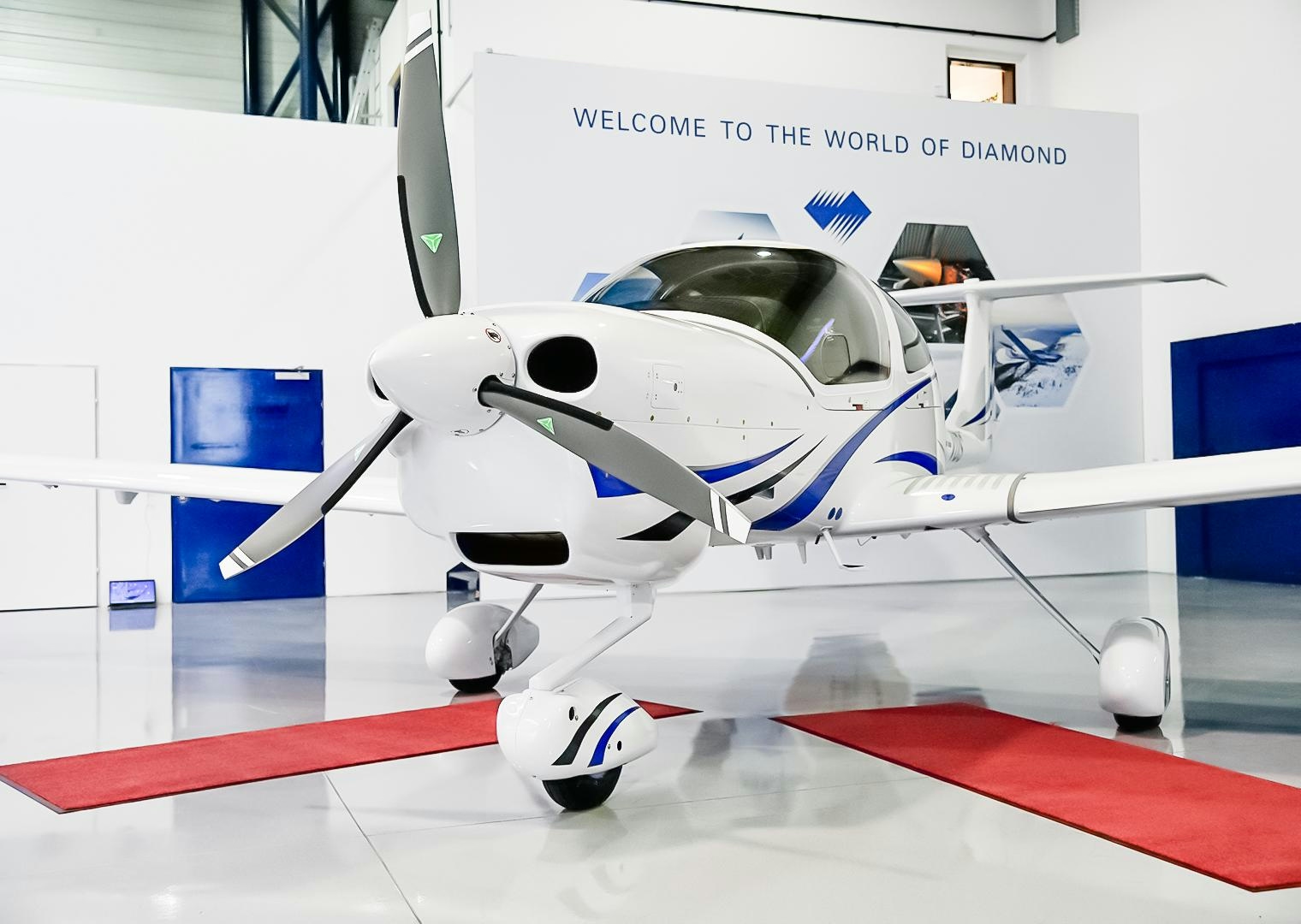
AeroGenie: Su copiloto inteligente.
Tendencias
Categories
The Last Airworthy Commercial Lockheed Aircraft in the U.S.
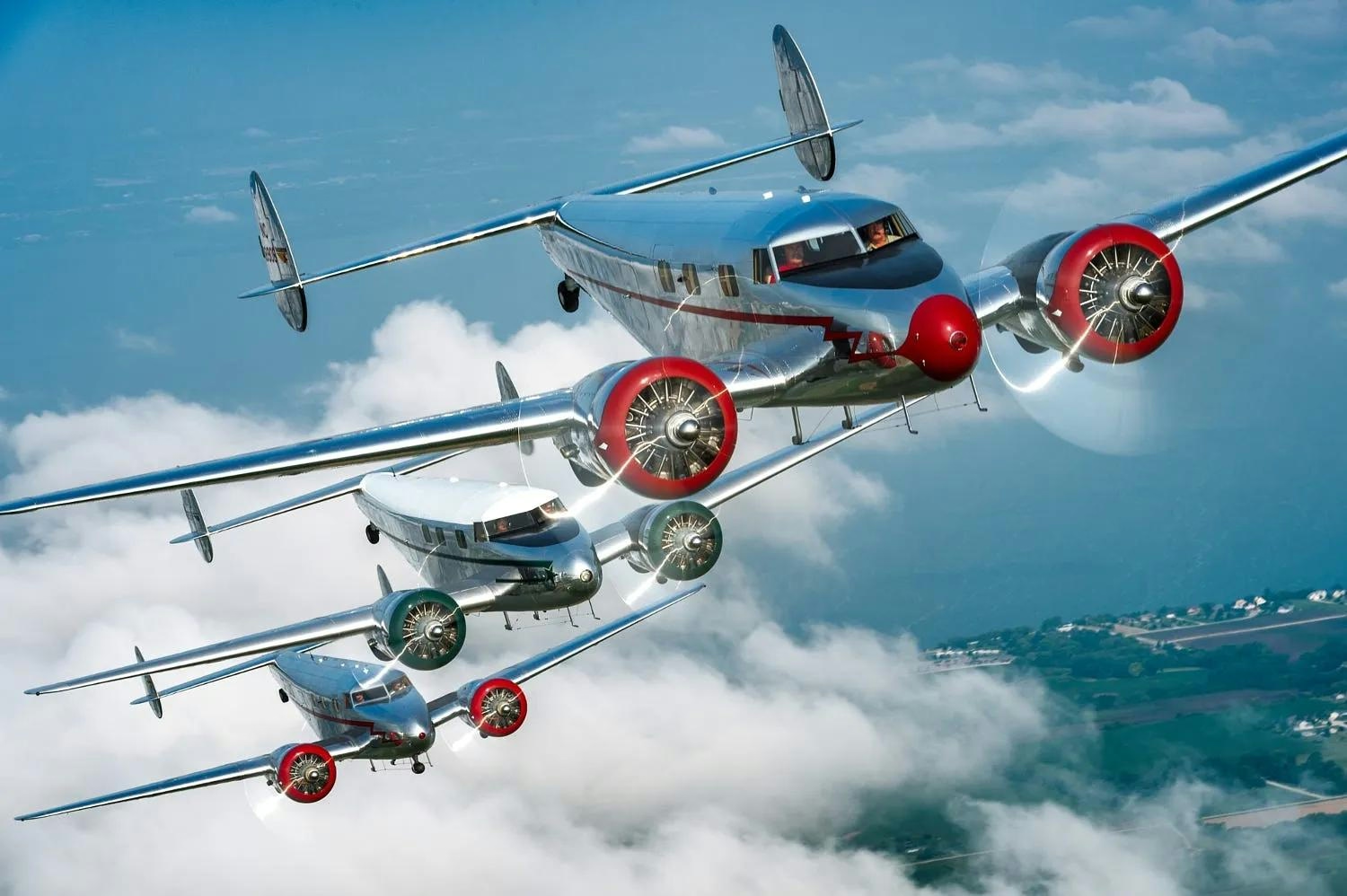
The Last Airworthy Commercial Lockheed Aircraft in the U.S.
Lockheed was once a formidable presence in both commercial and military aviation, renowned for producing some of the most iconic aircraft of the 20th century. Among its notable achievements was the Lockheed L-1011 TriStar, a widebody airliner that, despite its advanced technical features, ultimately proved to be a financial disappointment for the company. The TriStar represents a bygone era before Boeing and Airbus came to dominate the global airliner market, a period when multiple manufacturers vied to shape the future of commercial flight.
The Legacy of the Lockheed L-1011 TriStar
The L-1011 TriStar was the third widebody airliner to enter commercial service, following the Boeing 747 and the McDonnell Douglas DC-10. Designed to carry up to 400 passengers and capable of flying over 4,000 nautical miles, the TriStar was powered by three Rolls-Royce RB211 engines. Its maiden flight took place in November 1970, and production continued until 1984, with a total of 250 units built. However, the program was beset by delays and financial difficulties, particularly related to Rolls-Royce’s troubled engine development. These challenges contributed significantly to Lockheed’s eventual withdrawal from the commercial aircraft market.
Today, Lockheed Martin remains a major force in aerospace and defense but no longer manufactures commercial airliners. The company’s exit from the sector followed the TriStar’s underwhelming commercial performance, leaving Boeing and McDonnell Douglas—later absorbed by Boeing—as the primary U.S. producers of commercial aircraft. The global market has since consolidated into a duopoly dominated by Boeing and Airbus.
Stargazer: The Last Flying Lockheed Commercial Aircraft
The last airworthy commercial Lockheed aircraft in the United States is the L-1011 TriStar known as "Stargazer." Operated by Northrop Grumman, Stargazer serves a unique role as a mothership for launching the Pegasus small-lift launch vehicle. Originally delivered to Air Canada in 1974 under the registration C-FTNJ, the aircraft was acquired by Orbital Sciences in 1992 and extensively modified for its current mission. Orbital Sciences evaluated alternatives such as the B-52, Boeing 747, and DC-10 before ultimately selecting the TriStar for its distinctive capabilities. Following Northrop Grumman’s acquisition of Orbital Sciences in 2018, Stargazer’s legacy has continued under its new ownership.
Despite its rich history, the future of Stargazer—and Lockheed’s broader commercial aviation legacy—remains uncertain. Lockheed Martin has recently faced significant challenges in its classified aeronautics programs, culminating in a $1.6 billion loss and a sharp decline in its stock price. These financial setbacks have raised concerns among investors regarding the company’s profitability and long-term prospects. The market’s negative response has also created opportunities for competitors to capitalize on Lockheed’s difficulties, potentially altering the balance of power within the defense and aerospace industries.
As of June 2025, Stargazer remains the sole L-1011 TriStar still in operation, a rare survivor from an era of American aviation innovation. Its continued flight stands as a testament to Lockheed’s engineering excellence, even as the company confronts new challenges in a rapidly evolving industry.
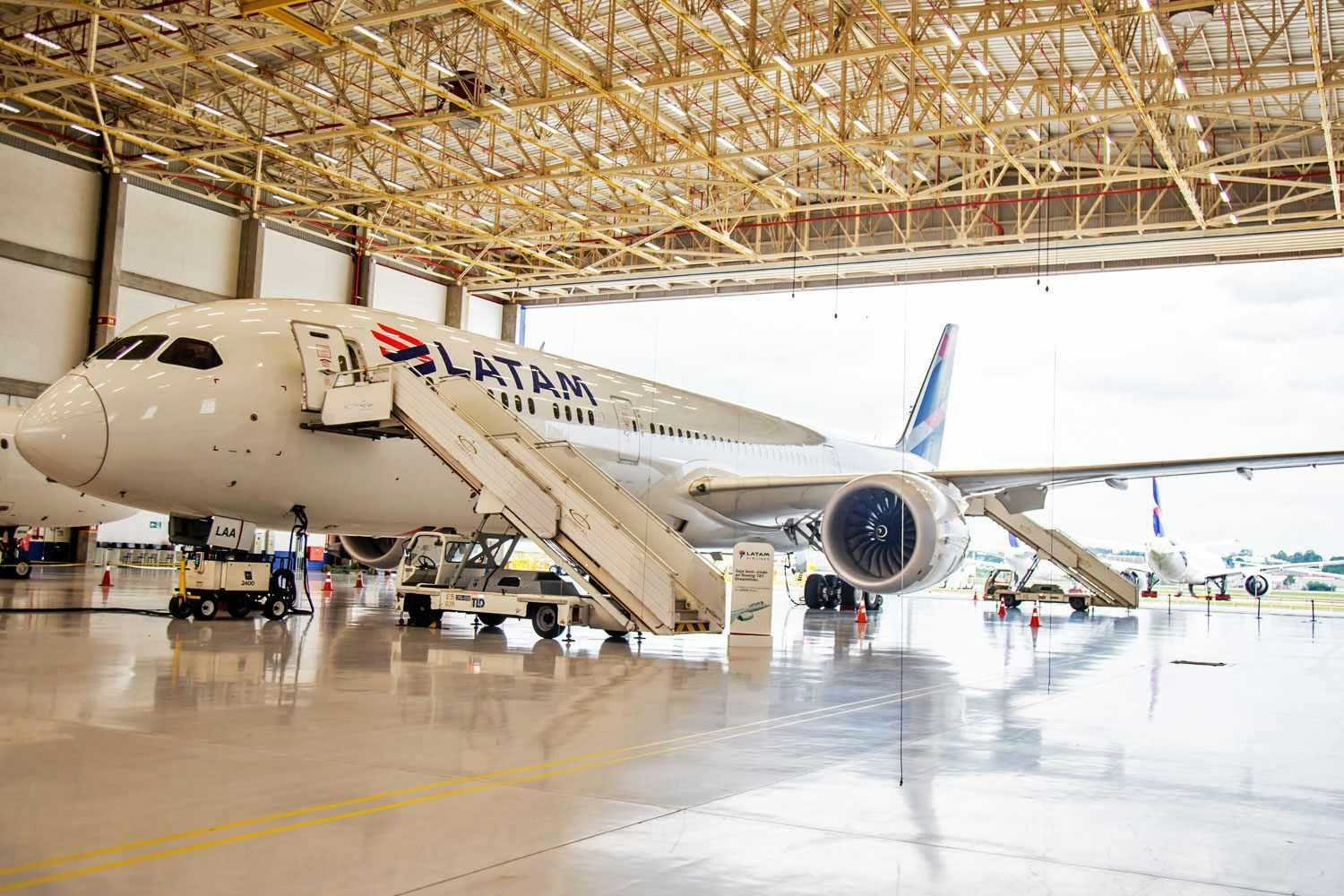
LATAM Receives First Boeing 787-9 Equipped with GEnx Engines
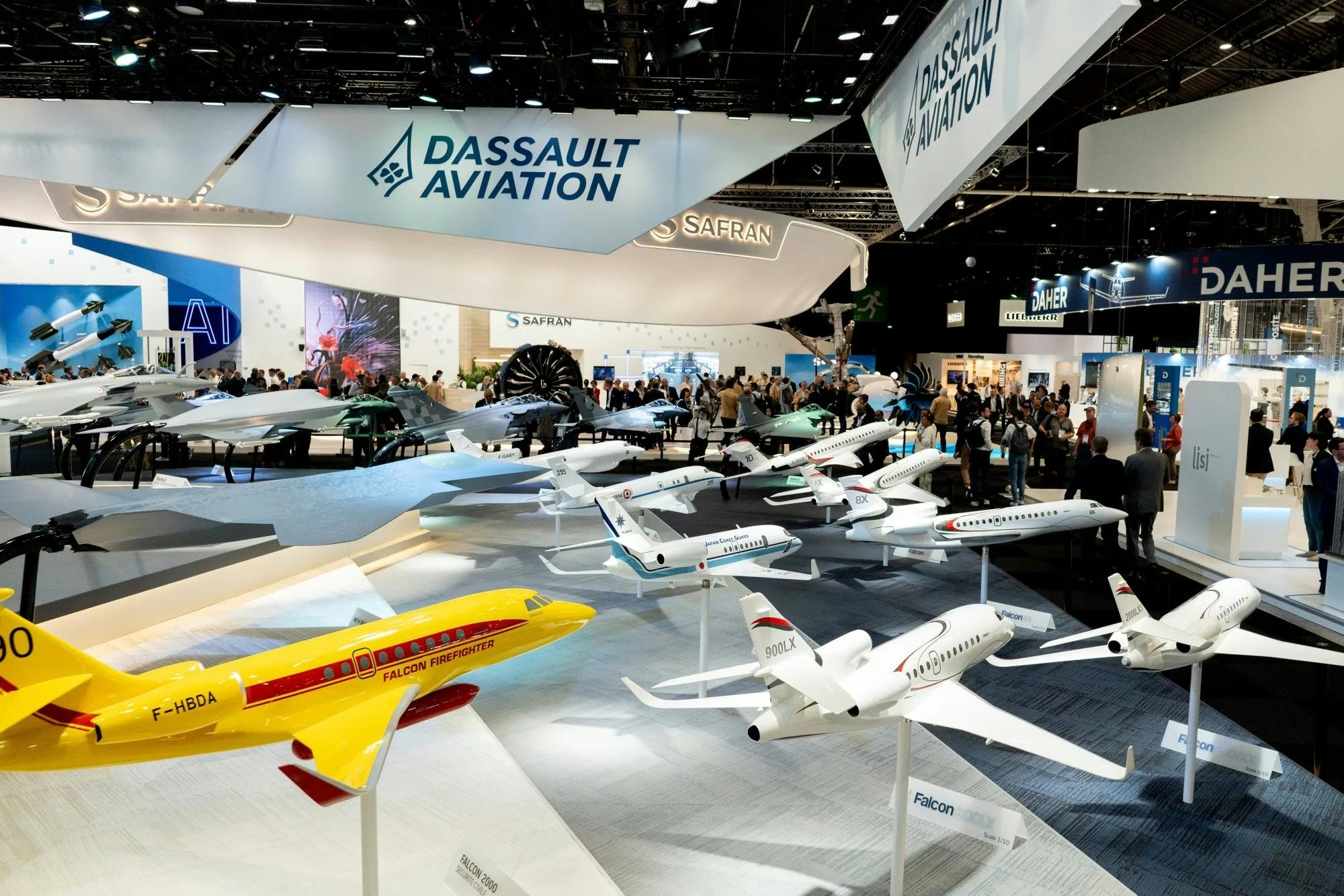
Dassault Aviation Reports Aircraft Deliveries, Orders, Backlog, and Sales Outlook
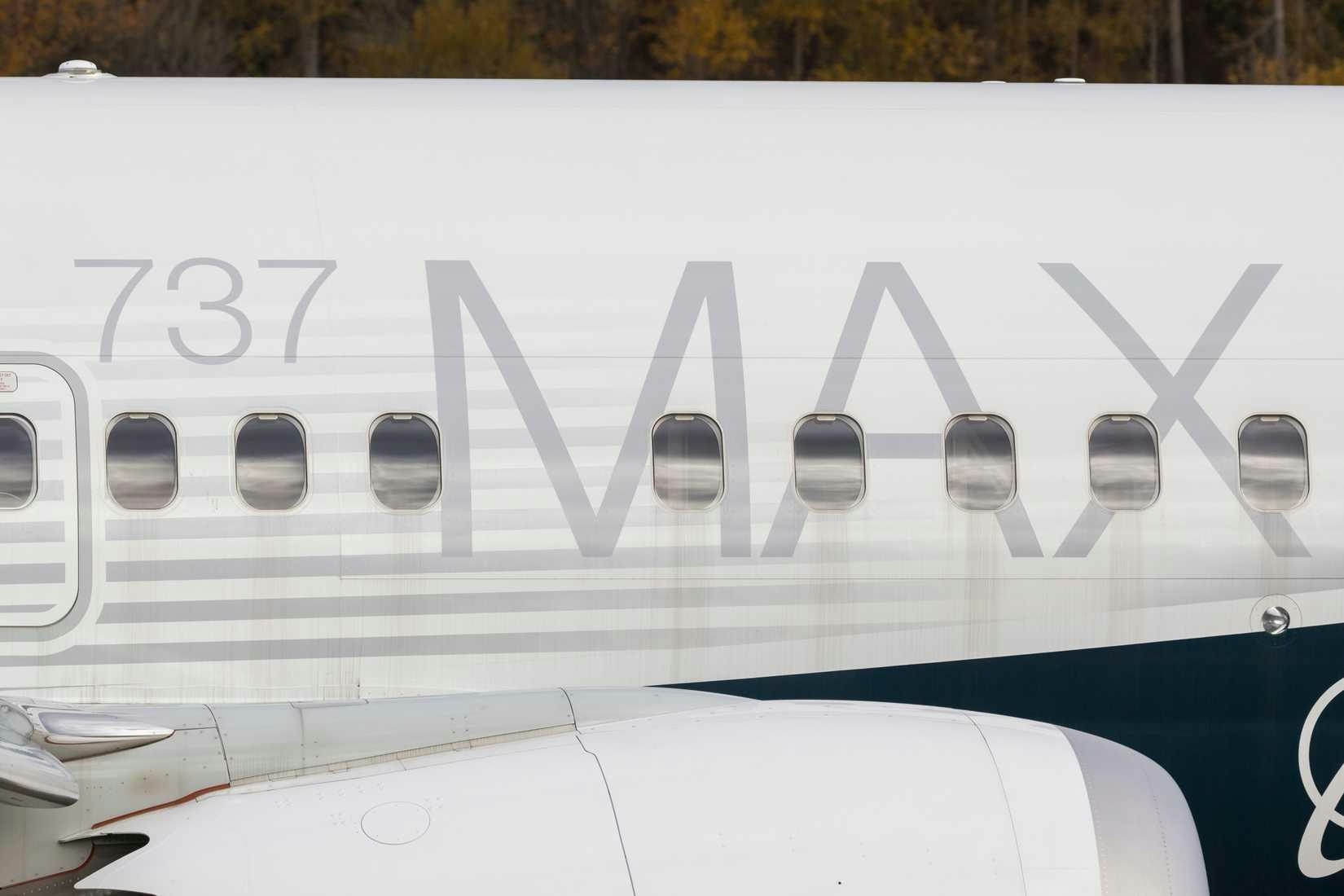
Alaska Airlines Orders 140 Boeing 737-10 and 5 Boeing 787-10 Jets
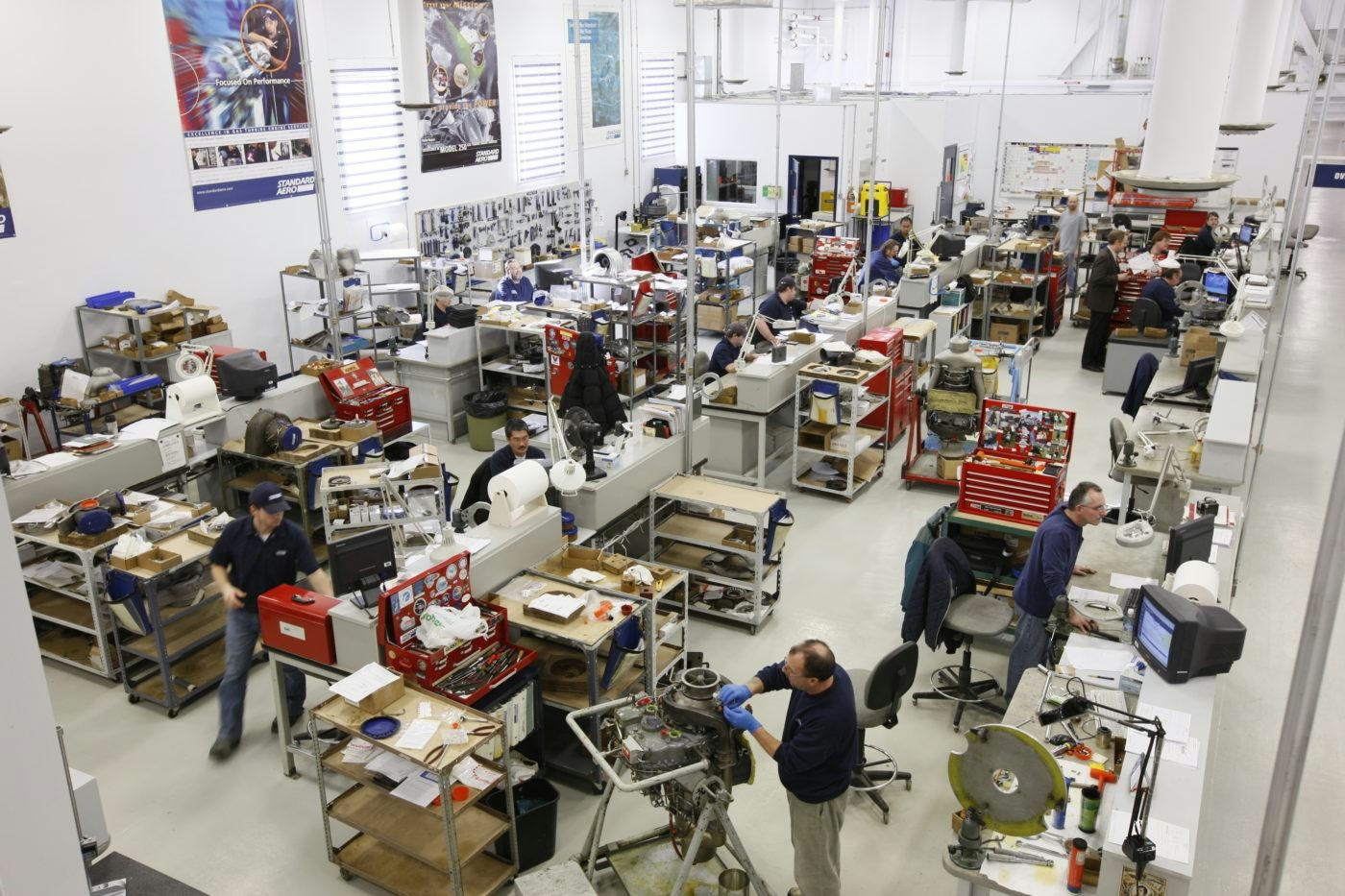
Dine Appointed Vice President of Sales at StandardAero

Porter Airlines Partners with BeauTech to Upgrade North America’s Fleet

Pam Frampton on Airlines, Artificial Intelligence, and Fair Competition
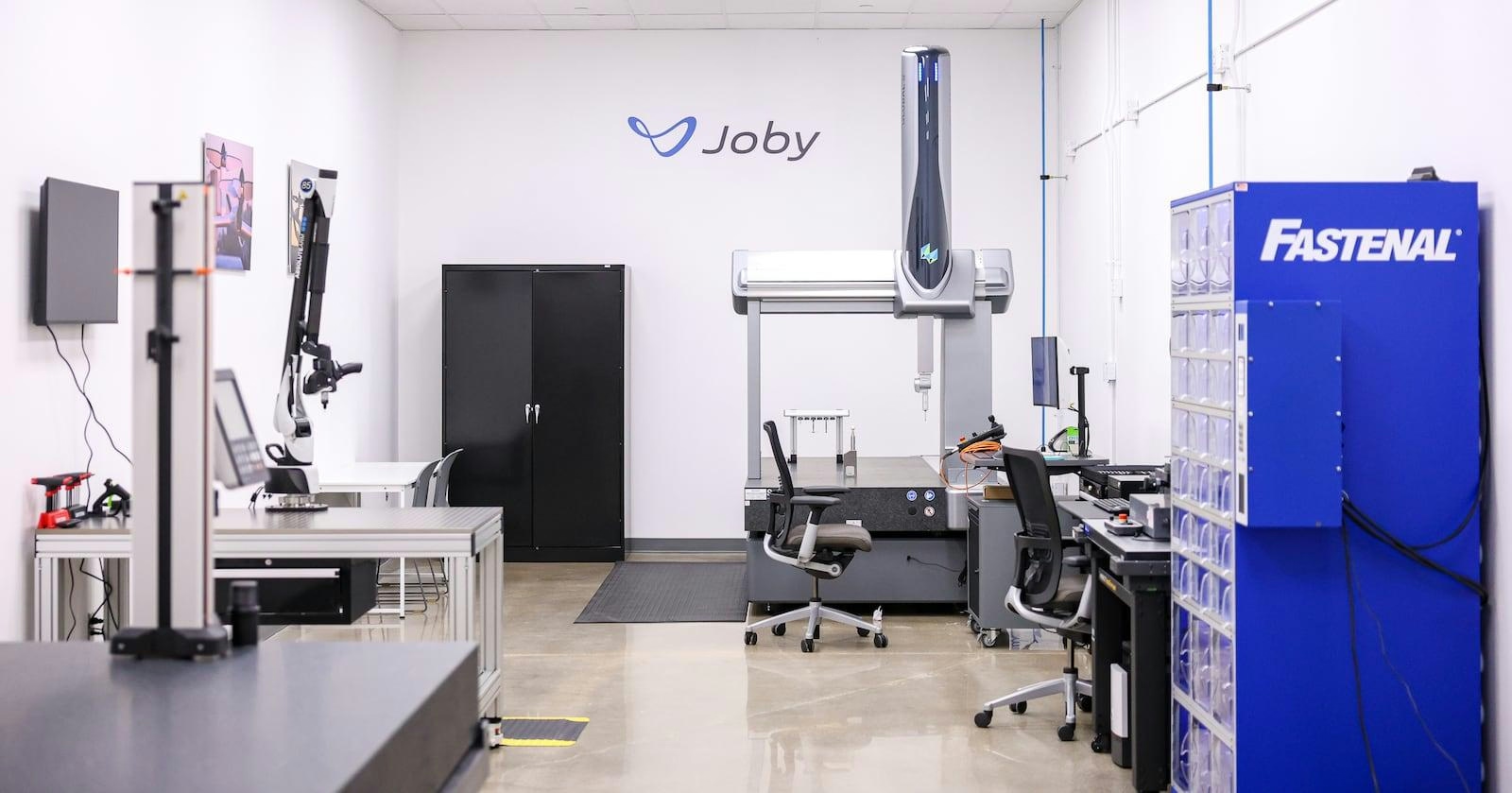
Joby to Expand Manufacturing with Second Ohio Facility Acquisition
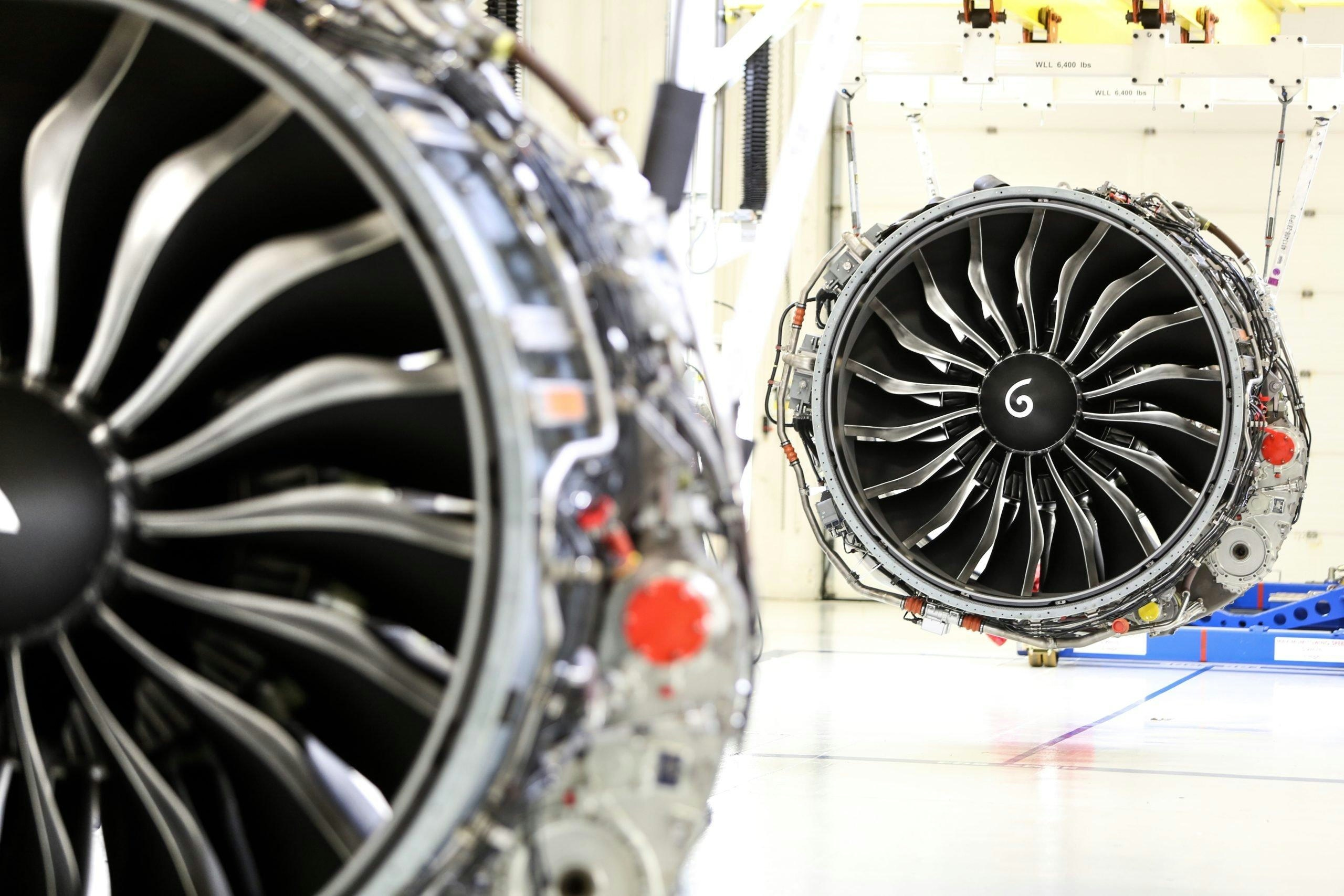
RESIDCO Raises $100 Million to Expand Engine Acquisitions
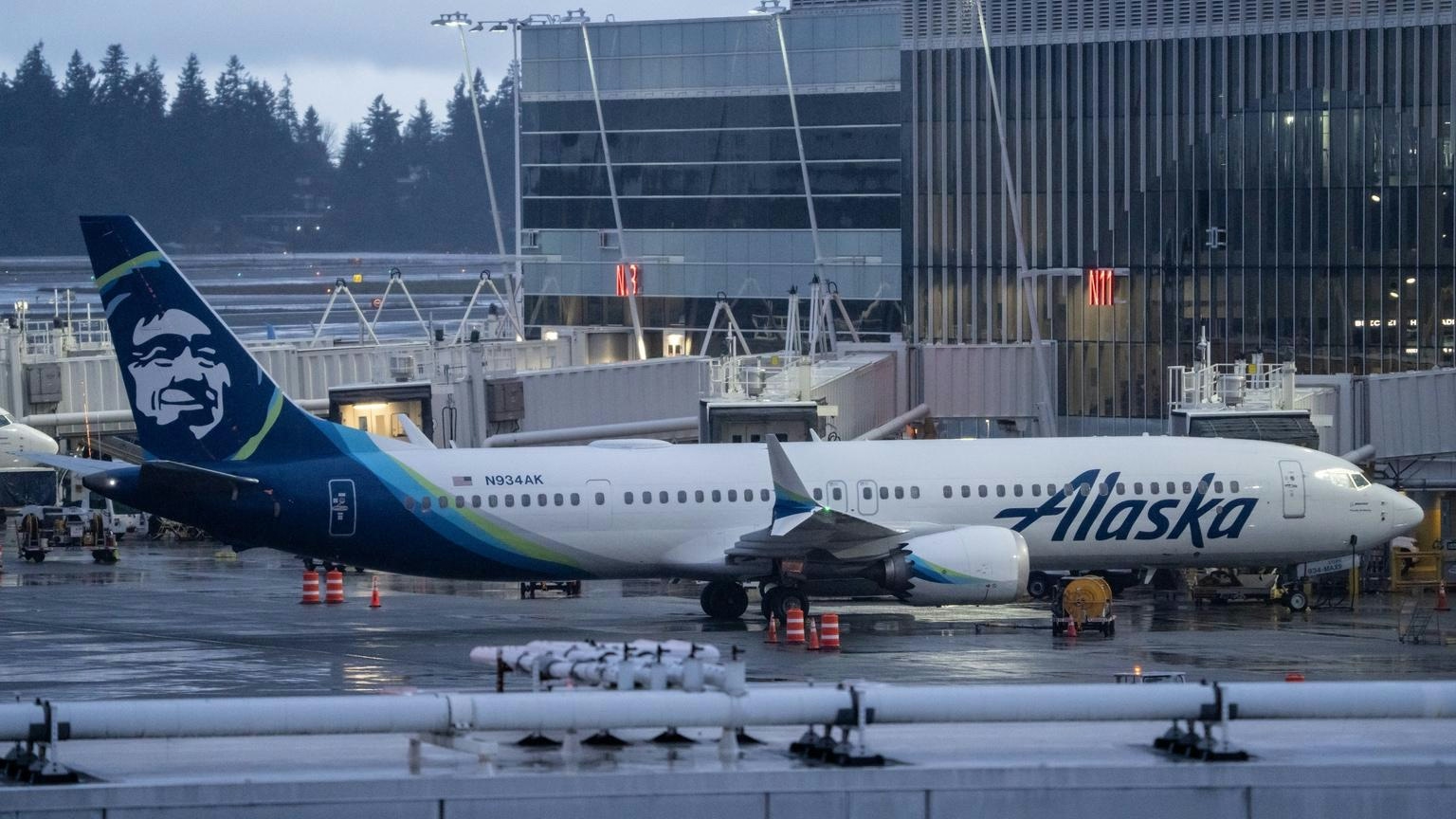
Alaska Airlines’ Plan to Transform Ramp Operations with Advanced AI and Automation
